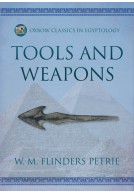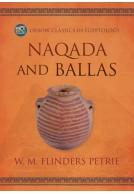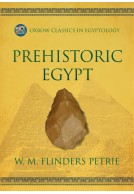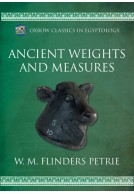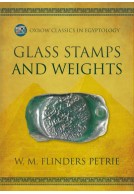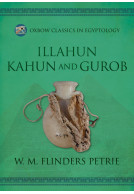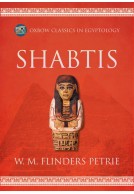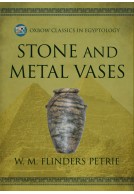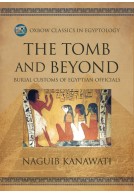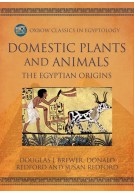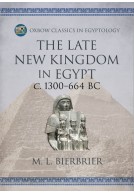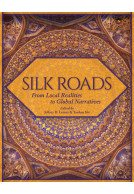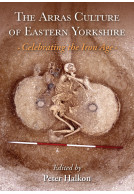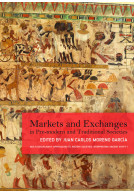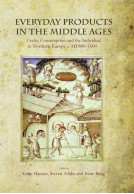Tools and Weapons (Paperback)
Imprint: Oxbow Books
Series: Oxbow Classics in Egyptology
Pages: 158
ISBN: 9798888570142
Published: 15th March 2023
Casemate UK Academic
(click here for international delivery rates)
Need a currency converter? Check XE.com for live rates
Facsimile edition of the 1974 reissue of Flinders Petrie’s 1917 pioneering typological catalogue of Egyptian metal, wooden and composite tools and weapons, one of a number of such catalogues to be reissued in this new series. The volume is arranged by category, first of general tools, including axes, chisels and knives, and then weapons, such as daggers and spears. This is followed by sections on woodworking (artisans') and builders’ tools, personal items, agricultural equipment and a range of domestic items. Within each category, sub-categories are defined, described and discussed and the full range is illustrated as outline drawings and photographs across 79 plates. The catalogue addresses questions of chronology, typological development, and distribution, and provides a limited discussion of comparable material from outside Egypt.
This series comprises facsimile re-issues of typological catalogues produced between 1898 and 1937 by W.M. Flinders Petrie, based on his vast collection of Egyptian artefacts which now reside in The Petrie Museum of Egyptian and Sudanese Archaeology, University College, London. Long out of print, the catalogues were re-issued in facsimile by publishers Aris & Phillips in the 1970s alongside newly-commissioned titles by contemporary experts. Petrie’s catalogues remain invaluable source material today. The Oxbow Classics in Egyptology series now makes a selection of these important resources available again in print for a new generation of students and scholars.
There are no reviews for this book. Register or Login now and you can be the first to post a review!
About Sir W M Flinders Petrie
Sir William Matthew Flinders Petrie (1853–1942) was a pioneer in the field of ‘modern’ archaeology. He introduced the stratigraphical approach in his Egyptian campaigns that underpins modern excavation techniques, explored scientific approaches to analysis and developed detailed typological studies of artefact classification and recording, which allowed for the stratigraphic dating of archaeological layers. He excavated and surveyed over 30 sites in Egypt, including Giza, Luxor, Amarna and Tell Nebesheh.







